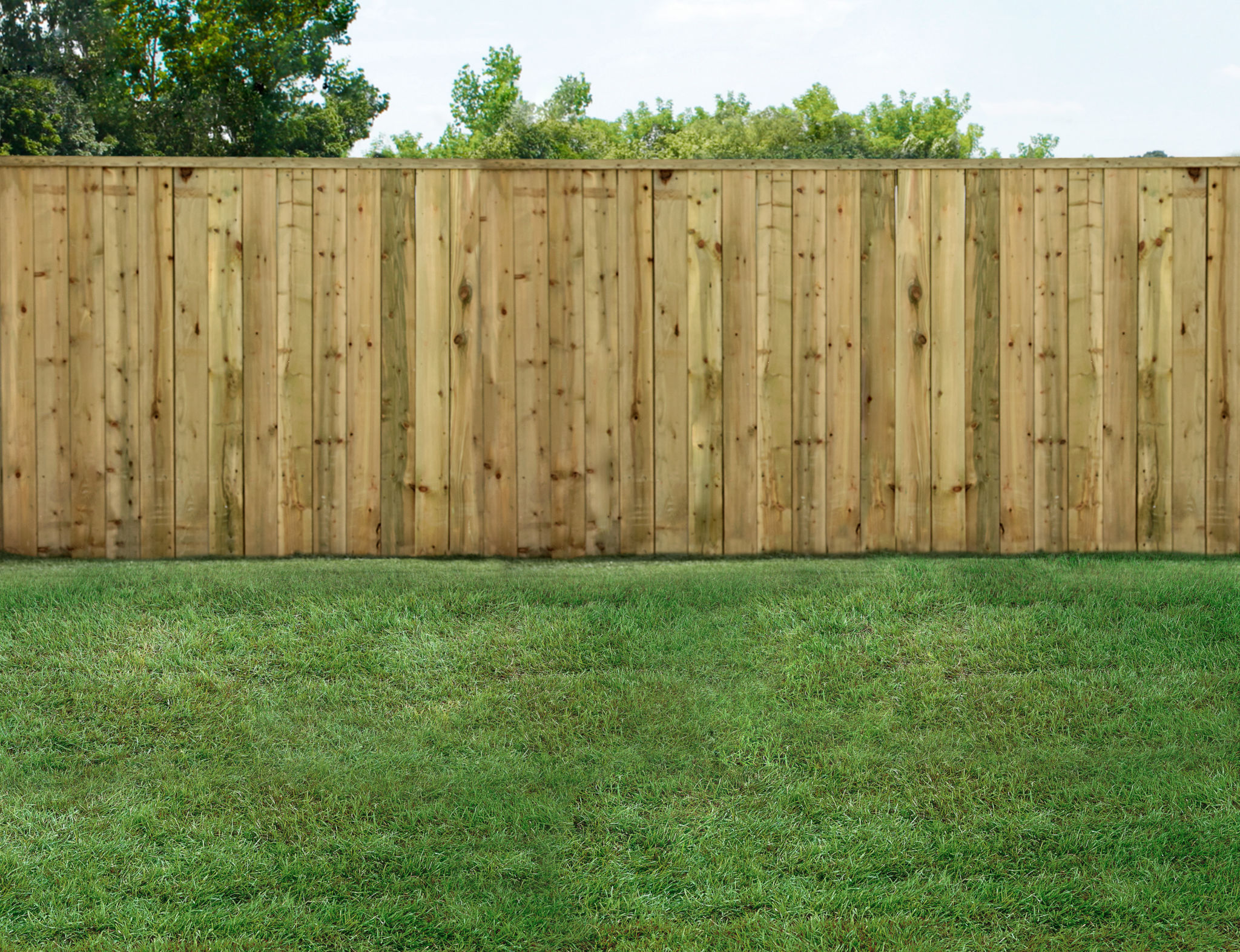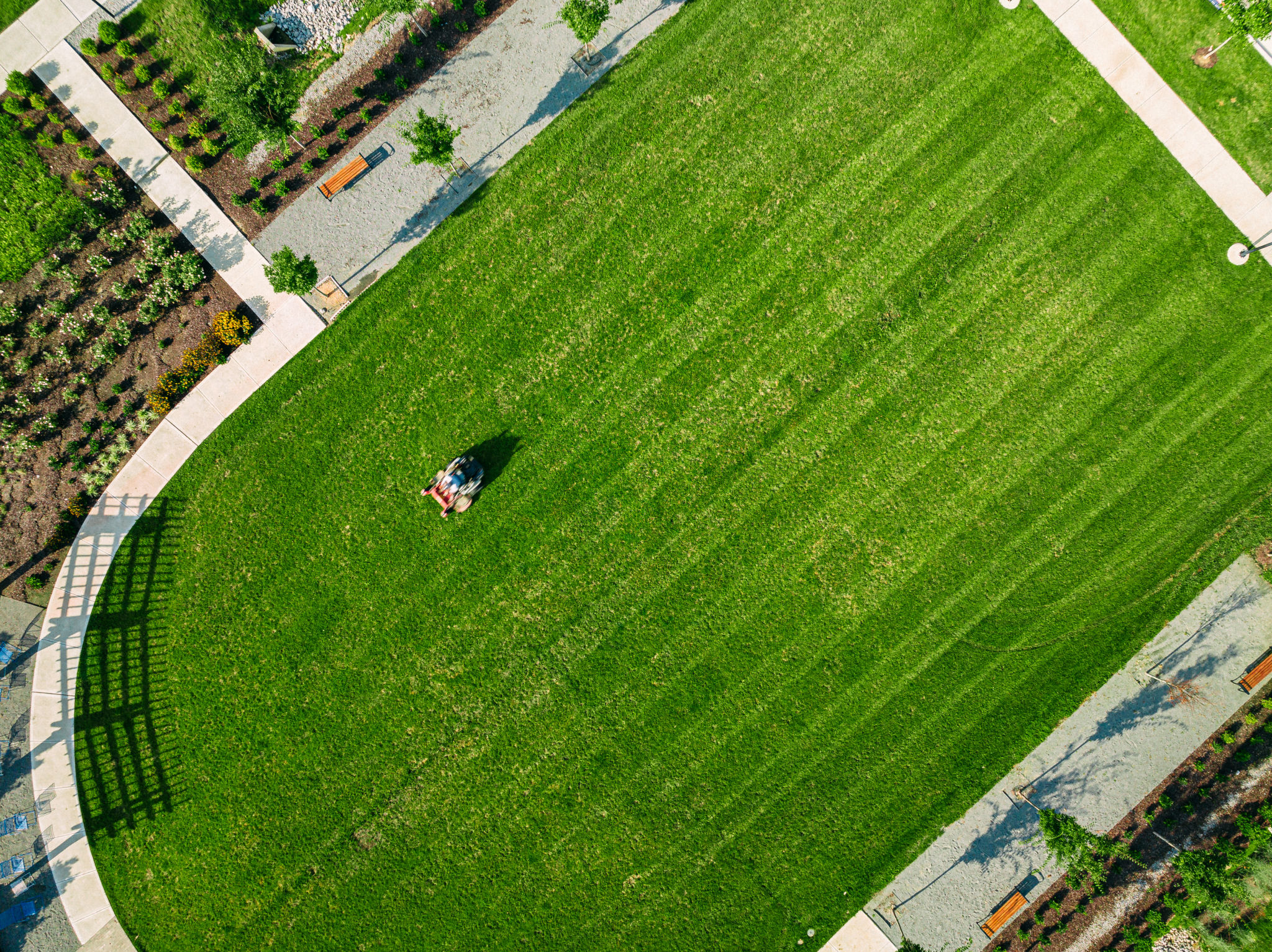The Ultimate Guide to Lawn Care in Simcoe County
Understanding Your Lawn's Needs
Maintaining a lush, green lawn in Simcoe County requires understanding the unique climate and soil conditions of the area. The region experiences cold winters and warm summers, which means your lawn care regimen needs to be adaptable throughout the year. Begin by assessing your lawn's soil type and consider getting a soil test to determine its pH level and nutrient composition.
A good starting point is to ensure your lawn has the right balance of nutrients. Fertilize your lawn in early spring and fall, using a fertilizer suited to your specific grass type. This will promote healthy growth and prepare it for the harsher winter months.

Choosing the Right Grass
Selecting the appropriate grass species is crucial for a thriving lawn. In Simcoe County, cool-season grasses such as Kentucky Bluegrass, Perennial Ryegrass, and Fine Fescue are recommended due to their ability to withstand cold temperatures. Each type has its advantages, so consider factors like shade tolerance and drought resistance when making your choice.
Certain grass types require more maintenance than others. For instance, Kentucky Bluegrass offers a dense, lush look but needs frequent watering and mowing. On the other hand, Fine Fescue is more tolerant of dry conditions and requires less mowing.
Watering Wisely
Proper watering is essential for maintaining a healthy lawn. Overwatering can lead to shallow root systems and increased susceptibility to disease, while underwatering can stress the grass. In Simcoe County, it's best to water deeply but infrequently, encouraging strong root growth. Aim to water early in the morning to minimize evaporation and fungal problems.

Mowing Techniques
Mowing is more than just cutting grass; it's about maintaining the health of your lawn. Set your mower blades to the correct height—generally, around 2.5 to 3 inches for most cool-season grasses. This height allows the grass to develop a robust root system while providing enough leaf surface for photosynthesis.
Remember to keep your mower blades sharp to ensure a clean cut, reducing stress on the grass. It's also important not to remove more than one-third of the grass height at a time, as this can shock the plant and weaken its overall health.
Dealing with Weeds and Pests
Weeds and pests are common challenges in maintaining a pristine lawn. Regularly inspect your lawn for signs of weed infestation or pest activity. Implement an integrated pest management strategy that includes mechanical, biological, and chemical controls as necessary.

For weeds, consider using pre-emergent herbicides in early spring to prevent germination. For pest control, identify the specific pest affecting your lawn and choose appropriate measures, such as nematodes for grubs or insecticidal soap for chinch bugs.
Seasonal Lawn Care Tips
Lawn care in Simcoe County changes with the seasons. In spring, focus on dethatching and aerating your lawn to improve air circulation and nutrient absorption. During summer, adjust your watering schedule based on rainfall levels, and be mindful of drought conditions.
In fall, overseed any bare patches and apply a winterizing fertilizer to prepare your lawn for the cold months ahead. Finally, during winter, minimize foot traffic on frozen grass to prevent damage.

